Washington, D.C. – In a major decision, the U.S. Supreme Court on Wednesday upheld a regulation introduced by former President Joe Biden’s administration to control “ghost guns” — homemade, untraceable firearms that have become increasingly popular in crimes across the country.
The court’s 7-2 ruling, written by Justice Neil Gorsuch, confirms that the 2022 rule by the Bureau of Alcohol, Tobacco, Firearms and Explosives (ATF) is lawful under the 1968 Gun Control Act.
What Are Ghost Guns?
Ghost guns are homemade firearms often purchased as kits or separate parts, mostly online. These guns:
- Do not have serial numbers, making them difficult to trace
- Can be assembled at home without requiring a background check
- Are popular among people legally banned from owning guns, including minors and convicted criminals
What Did the Rule Change?
The ATF’s 2022 rule required:
- Serial numbers on gun kits and key parts like frames and receivers
- Background checks for buyers
- Licensing for companies selling these parts commercially
This made ghost gun kits legally similar to regular firearms under the 1968 Gun Control Act.
Why Was This Challenged?
Gun parts manufacturers, gun owners, and gun rights groups like the Firearms Policy Coalition and Second Amendment Foundation filed a lawsuit in Texas, claiming the ATF exceeded its authority by changing how the law is applied without Congress.
A Texas federal judge and the 5th U.S. Circuit Court of Appeals had agreed, striking down the rule.
But the Supreme Court reversed those decisions, allowing the rule to stay.
What Did the Supreme Court Say?
Justice Neil Gorsuch, writing for the majority, said:
“The rule is consistent with the Gun Control Act… We reject the idea that it can never apply to gun kits or unfinished parts.”
He also explained how the way guns are made has dramatically changed, with the rise of 3D printing and easy-to-assemble parts, making homemade guns a real concern for law enforcement.
The ruling was supported by Chief Justice John Roberts, Justices Barrett and Kavanaugh, and all three liberal justices on the bench.
Who Dissented?
Justices Clarence Thomas and Samuel Alito dissented.
Thomas wrote that the court had allowed the government to rewrite the law without proper legal process.
Reactions to the Ruling
Supporters
Gun safety groups called the decision “life saving” and praised the court for prioritizing public safety.
Eric Tirschwell, of Everytown Law, said:
“The Supreme Court rightly rejected the gun lobby’s extreme legal arguments.”
Opponents
Gun rights groups expressed disappointment.
Bill Sack, from the Second Amendment Foundation, said:
“This rule allows the government to change the law to fit its agenda, instead of following what the law actually says.”
The U.S. has the highest gun ownership rate in the world and faces frequent mass shootings. Ghost guns have become a growing concern for law enforcement because they’re unregistered, untraceable, and used in violent crimes.
By upholding the regulation, the Supreme Court allows tighter controls on how gun parts are sold — something public safety officials say is critical for reducing gun violence.

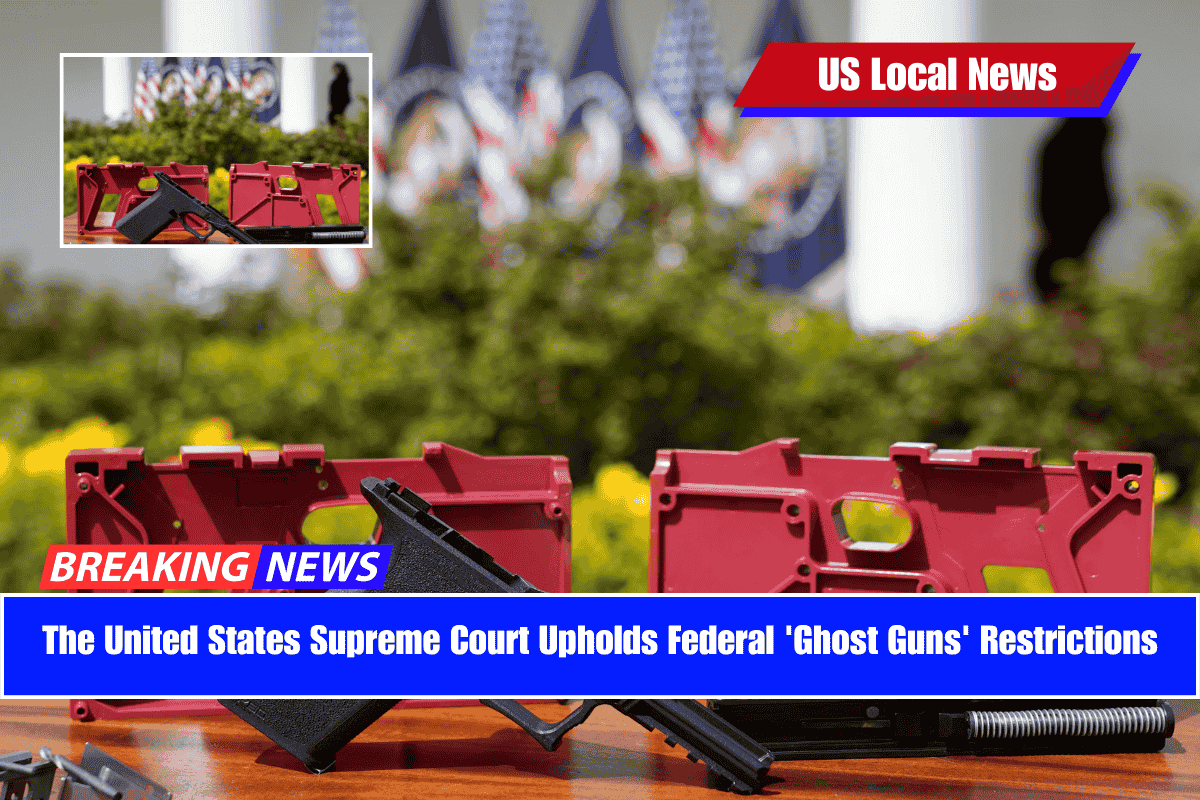
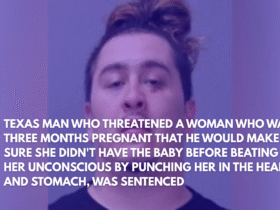


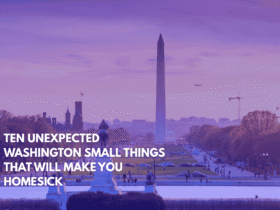


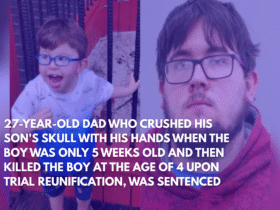

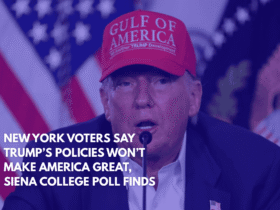
Leave a Reply